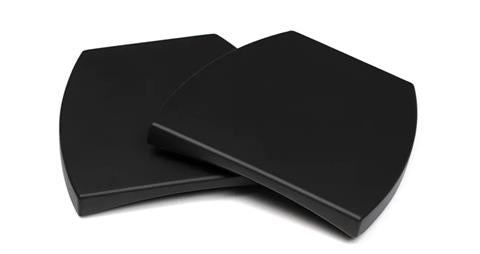DST Dual Firing AMT Super Tweeter Pair
DST Dual Firing AMT Super Tweeter Pair
In stock
Couldn't load pickup availability
Aperion DST Dual Firing Air Motion Transformer Ribbon Super Tweeter Pair
The DST Super Tweeter is an amazing addition to your sound system. It can produce sounds that are higher than what most speakers can reach, giving you an incredibly rich listening experience.
With this DST Super Tweeter, you’ll be able to hear every detail of your music clearly and beautifully, making it feel like you’re enveloped in the sound!
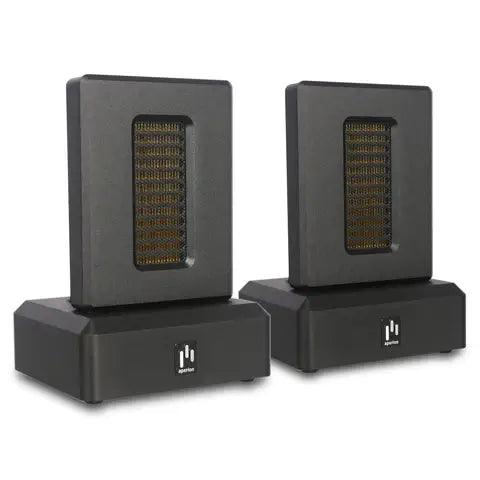
Our new Flagship APERION Dual AMT DST Super tweeter delivers quick dynamics and an ultra-clear high frequency transient response, expanding the atmospheric sound stage like you've never heard before. The light, airy highs produced by our AMT super tweeter are incredibly smooth, providing an effect which transports you even further into the sonic abyss of your music and movies.
Tech FAQ - The actual size of the driver is 3.19 x 1.34 inches (81mm x 34mm). The thickness of the Kapton is 12.5 μm, the Aluminum is 20 μm, in total thickness of 44 μm. Sensitivity was tested using 2.83v @ 1 meter. The crossover is Butterworth. Using FR4 pcb board, and Aperion custom capacitors. The internal cables are high purity copper to minimize resistance. It is a single ribbon, with dual firing open baffle. The driving force of this transducer is evenly distributed over the entire vibrating element.
The AMT can be suitably matched with any speaker whose sensitivity is between 87-98 dB, so this higher SPL rating allows the Dual AMT to be matched with power hungry speakers. While we've received plenty of stunning feedback on the Dual AMT's predecessors, we had an AMT style design in mind from the start - after years of development, we are proud to announce the Dual Air Motion Super Tweeter.
Specification
| Frequency Response: | 8 Khz-40 Khz |
| Impedance: | 4 Ohms |
| Sensitivity: | 96 dB |
| Crossover Points: | 8K, 10K, 12K, 14K, 16K & off |
| Treble Adjust: | 0,-1dB,-2dB,-3dB,-4dB,-5dB |
| Crossover Slope: | 12 dB/octave |
| Recommended Power: | 10-150 Watts |
| Tweeter: | APERION Dual Firing Air Motion Transformer |
| Product Weight: | 3.6 Lbs / 1.6 Kg per each |
| Product Dimensions: |
H 6.9" x W 4.9" x D 5.1" H 175mm x W 125mm x D 130mm |
| Placement Location: | Add on top of speakers |
| Shipping Weight: | 8.2 Lbs / 3.7 Kg per pair |
| Shipping Dimensions: |
L 13" x W 7.5" x H 8" L 340mm x W 190mm x H 206mm |
Features
Dual Air Motion Transformer Ribbon tweeter

|
Aperion's Dual Air Motion Transformer tweeter adds clarity, transient speed, and musical finesse to almost any loudspeaker design. A natural fullness in the treble is exhibited-- reminding us why we love high-end audio so much. |
5-point Crossover + OFF

| Choose between 8, 10, 12, 14 or 16 kHz to set the Super Tweeter floor for the perfect blend with your speaker. The "OFF" position renders the Super Tweeter inert. The lowest setting, 8 kHz, will provide the most overlap with your existing tweeter while the highest setting, 16 kHz, will have minimal overlap, picking up at the top-end of the range. The crossover slope is 12 dB/octave. |
Treble Adjust Knob

|
Too much of a good thing? Use the treble adjust to reduce the output of the Super Tweeter. Just turn the dial to adjust to your taste, down to -5dB. |
Easy Connection

| The Super Tweeter shares the same binding posts as the speaker you're pairing it with. It feeds off the power your main speaker is already receiving, so no need to connect directly to an amplifier. |
Aluminum alloy metal enclosure

| Aluminum alloy metal enclosure,The DST uses a sturdy aluminum alloy metal enclosure to withstand the fast vibrations of Its diaphragm. The aluminum alloy minimizes noise and undesriable vibrations, leaving nothing but the air movements captured in your music. The DST aluminum enclosure not only provides acoustic benefits, but it completes the aesthetically pleasing design. |
5-Way gold-plated binding posts

| The 5-way gold-plated binding posts let you connect your speakers any which way you choose: bare wire, banana plugs, spades, round pins or flat pins. |
How to Connect Super Tweeter


The chart below can be used to help match the AMT Dual Firing Super Tweeter with your existing speaker`s sensitivity

Graph showing the extended frequency response of our Dual Air Motion Transformer AMT Ribbon Super Tweeter on the 14 kHz and16 kHz settings when paired with a bookshelf speaker:

Of the many ideas on how to build a loudspeaker transducer, the APERION Air Motion Transformer is unique in its way of making the air move. In the course of the history of loudspeakers, many different transducer designs have been introduced. All of them feature piston-like diaphragms that move the air in a 1:1 ratio so that the diaphragm velocity equals the air velocity. Whether we talk about electrostatic and magneto-static speakers, ribbons, voice coil based dome and cone speakers or even a Blatthaller design – they all follow this particular design approach.
The APERION® Air Motion Transformer is an electromagnetic driver, as it is based on the Lorentz force that moves the air in the single folds.The diaphragm itself has an aluminum circuit printed on it (violet arrows) and is surrounded by a strong magnetic field. The graphics in and around the small circles show the motion of the individual foils producing a sinusodial waveform: from where it starts (black circle) through the positive (green circle) and negative (red circle) half-waves. The resulting air flow (blue arrows) is four (!) times faster than speed in which the individual folds move, which is a big advantage when it comes to reproducing music signals with fast transients (cymbals, plugged guitar strings, etc.).

Key Features
- Frequency Response up to 40 kHz
- 5 Adjustable crossover points + OFF
- Up to -5 dB Treble Adjust Knob
- 5-way gold-plated binding posts
- 3-year Warranty
Package Contents:
- Dual Firing AMT Super Tweeter Speakers x Two (2) Pcs
- Manual x One (1) Pcs
Download:
Super Tweeter Video
Super Tweeter Sensitivity Ranges:
Complete Your Sound System Solution
Share
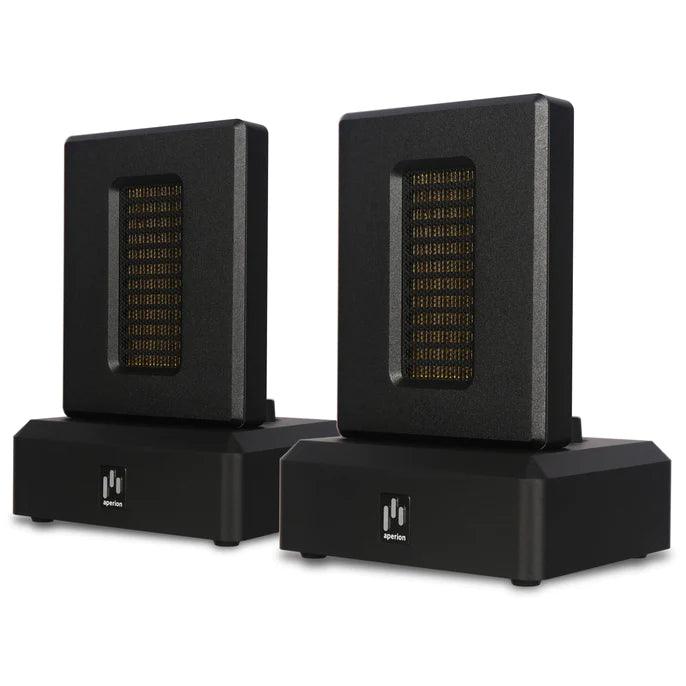
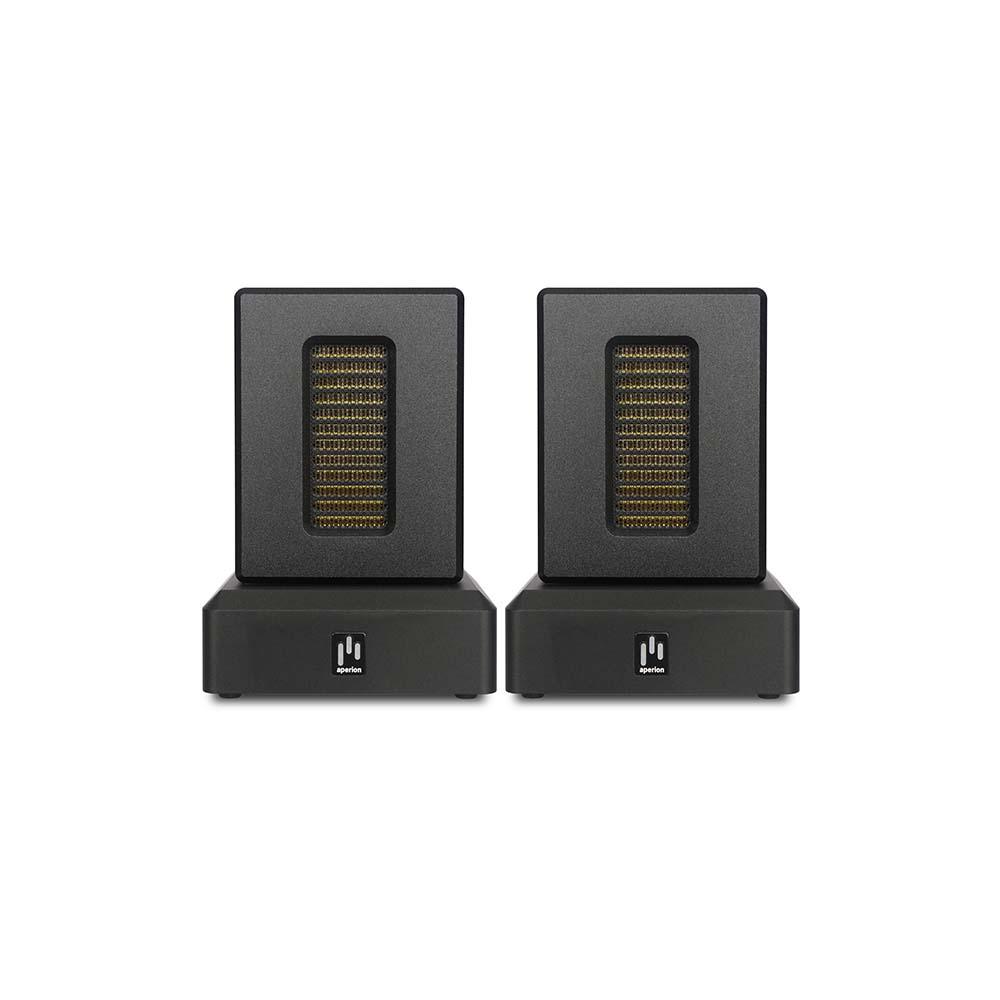
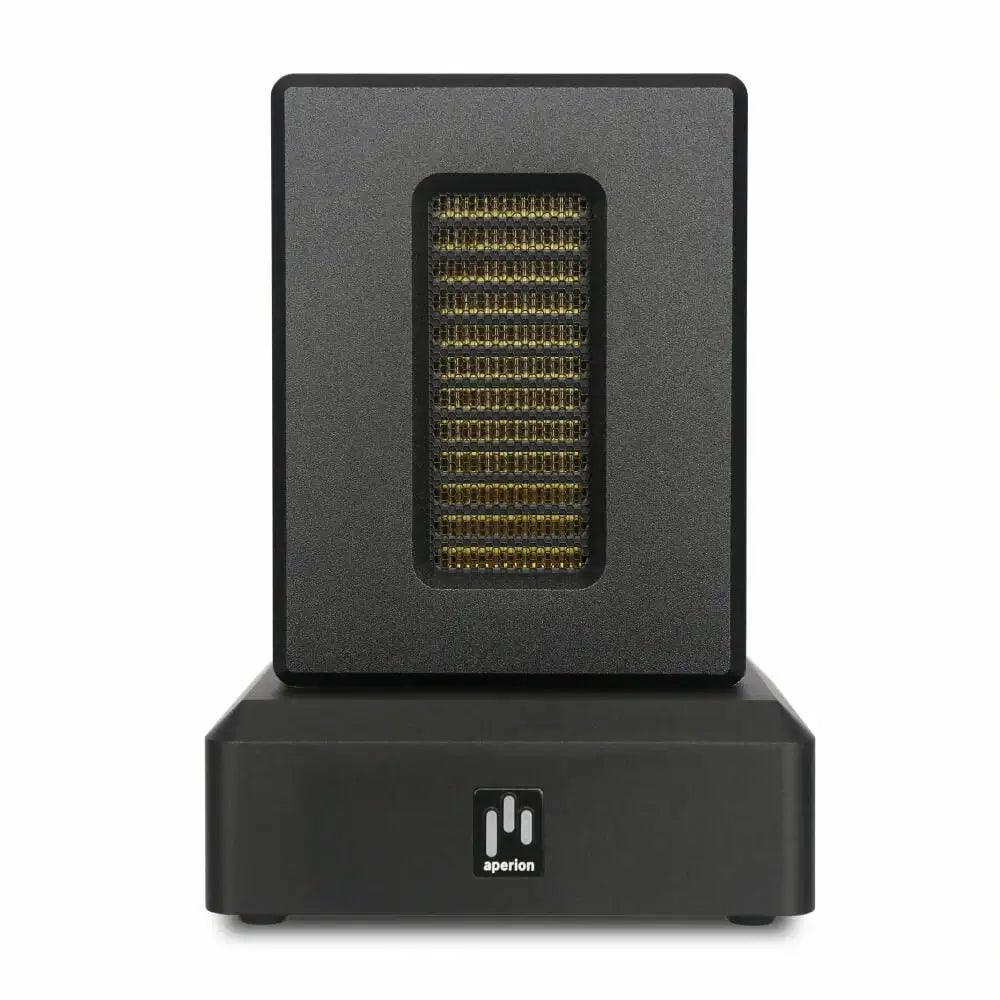
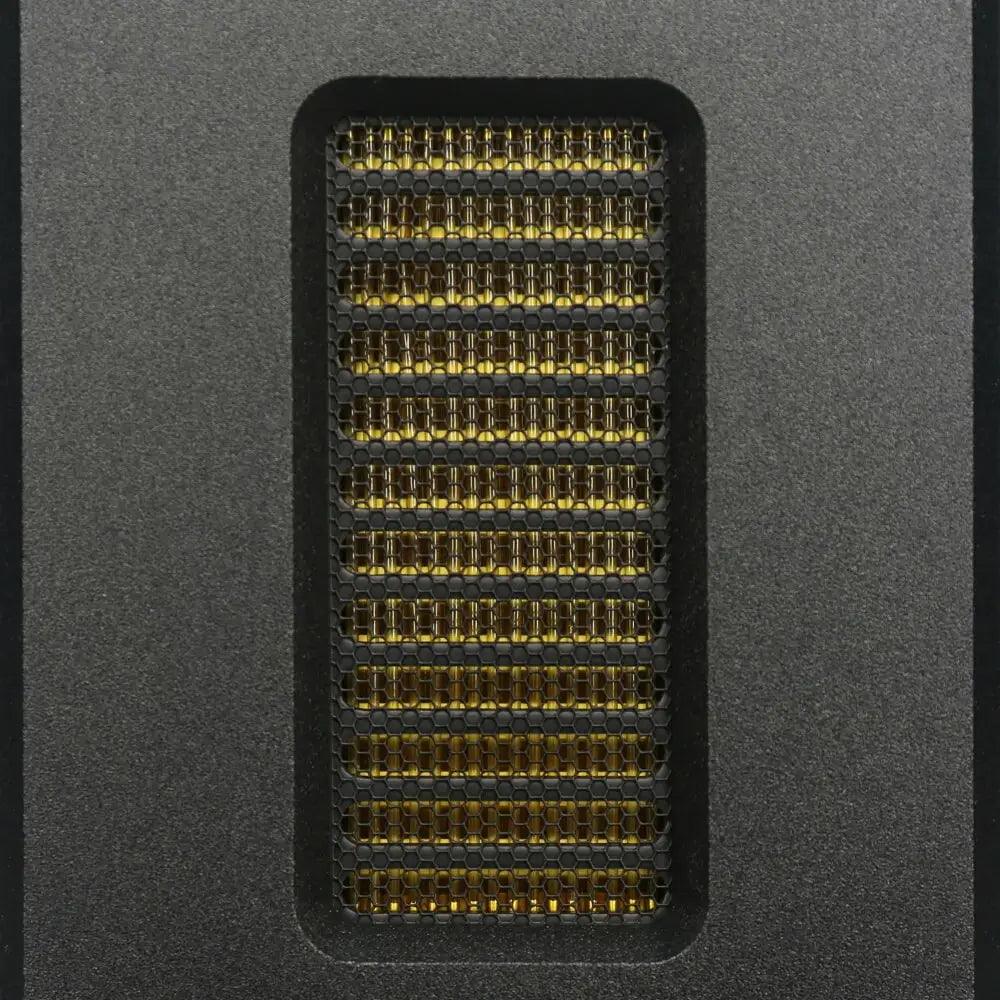
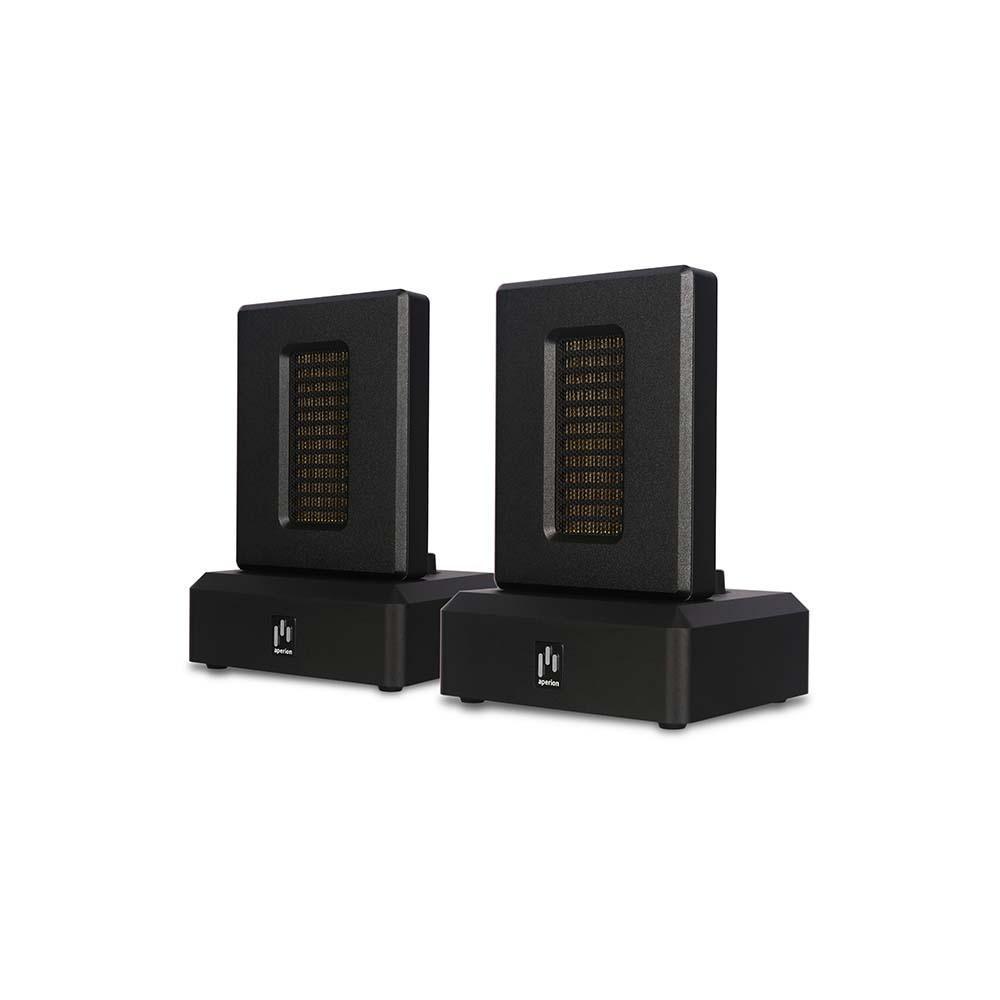
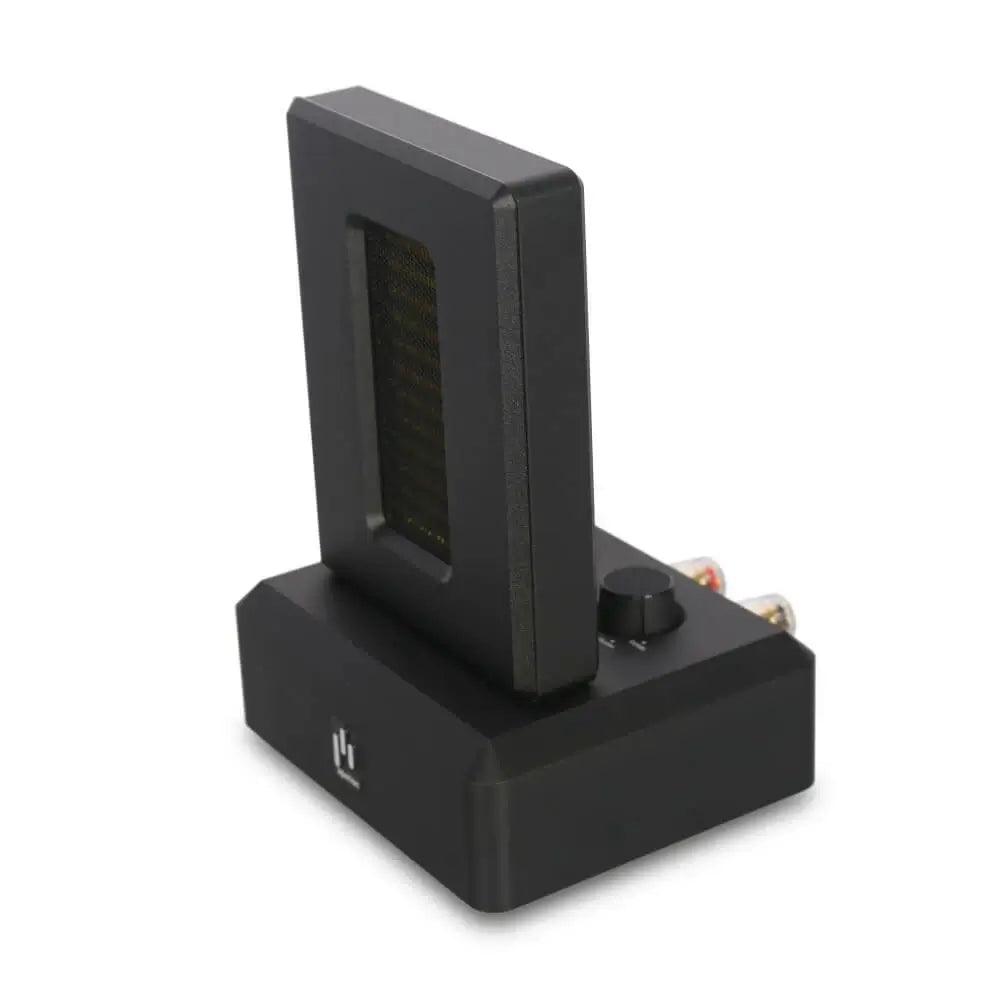
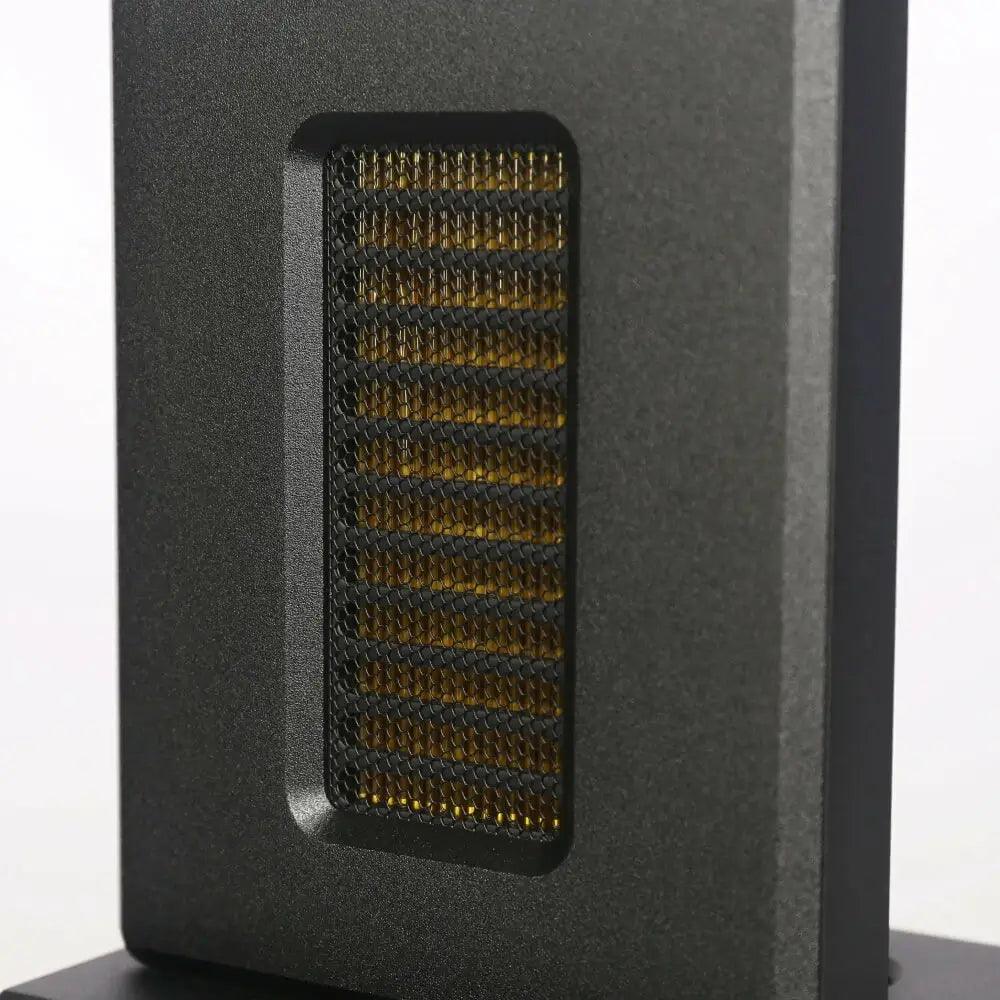
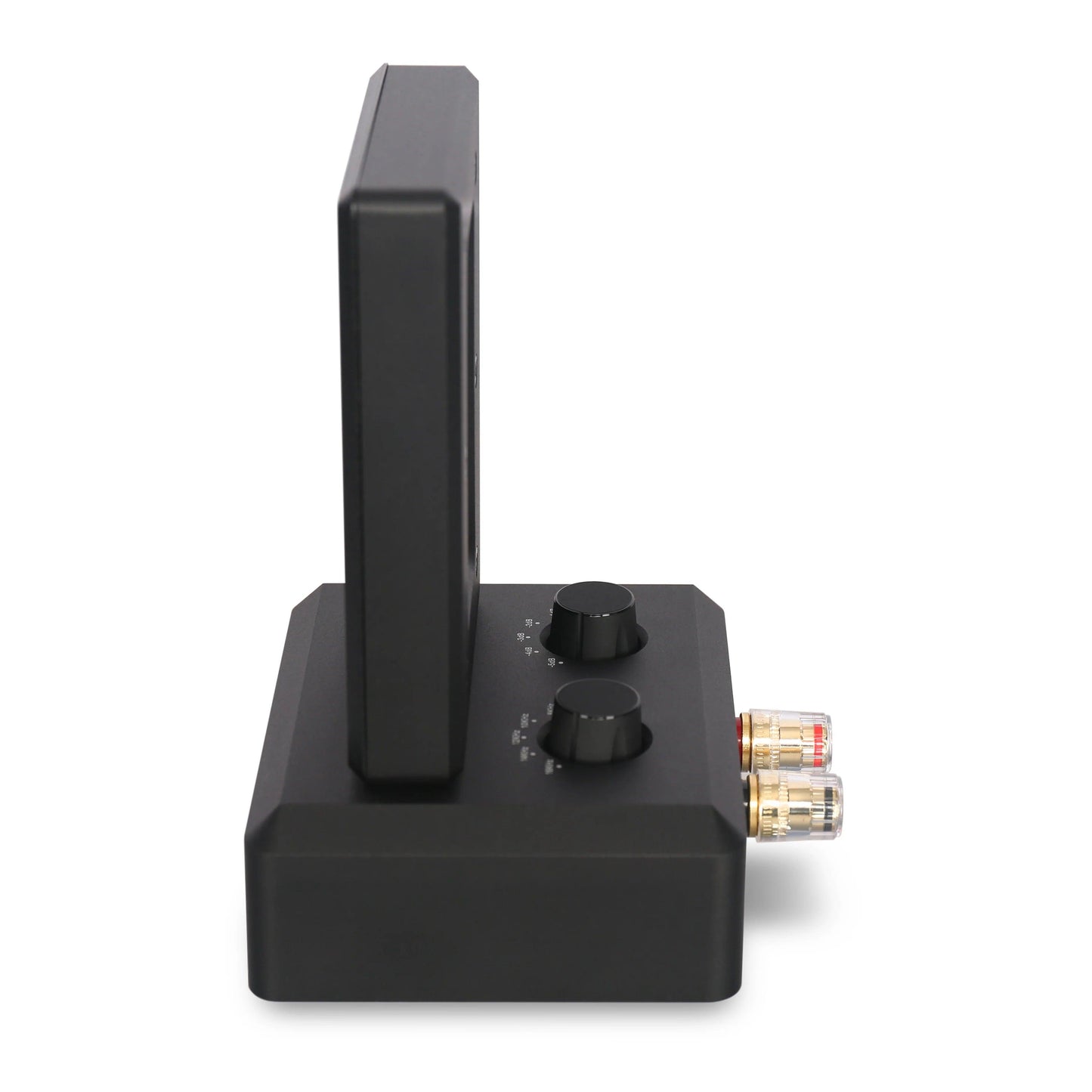
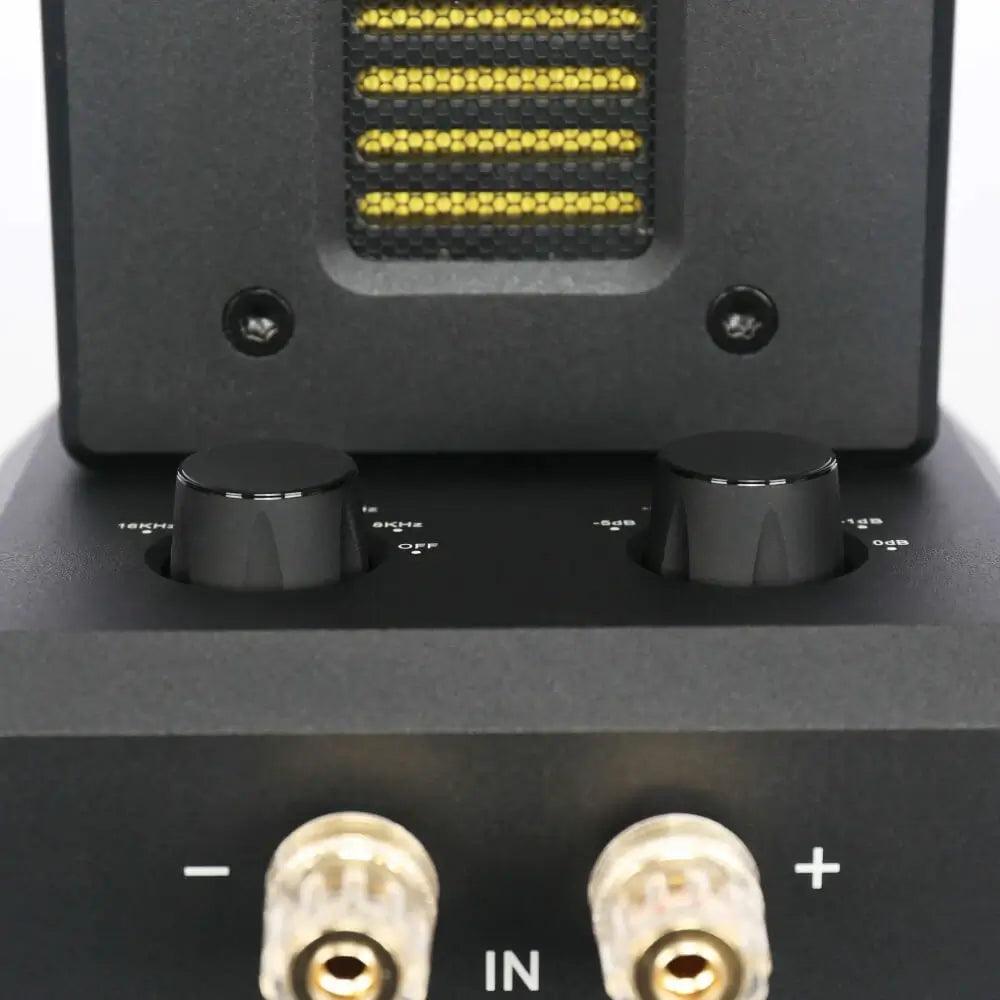
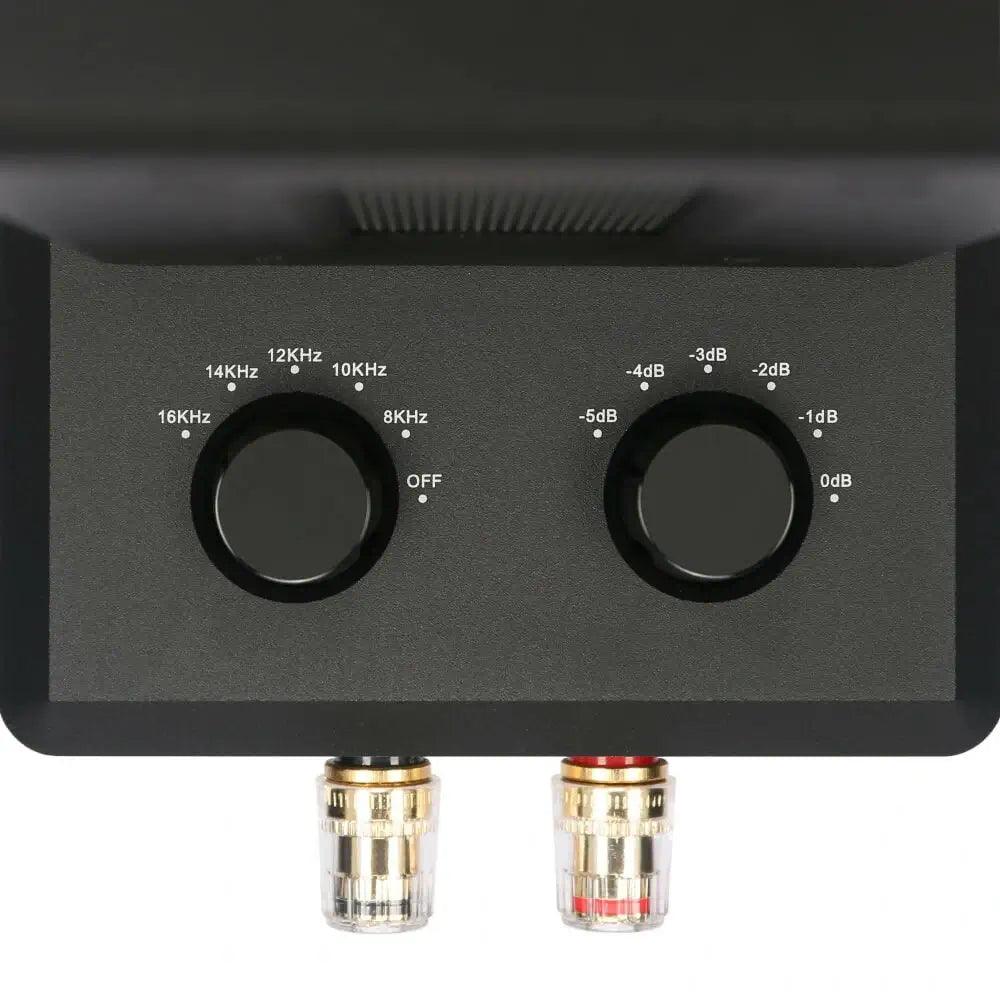
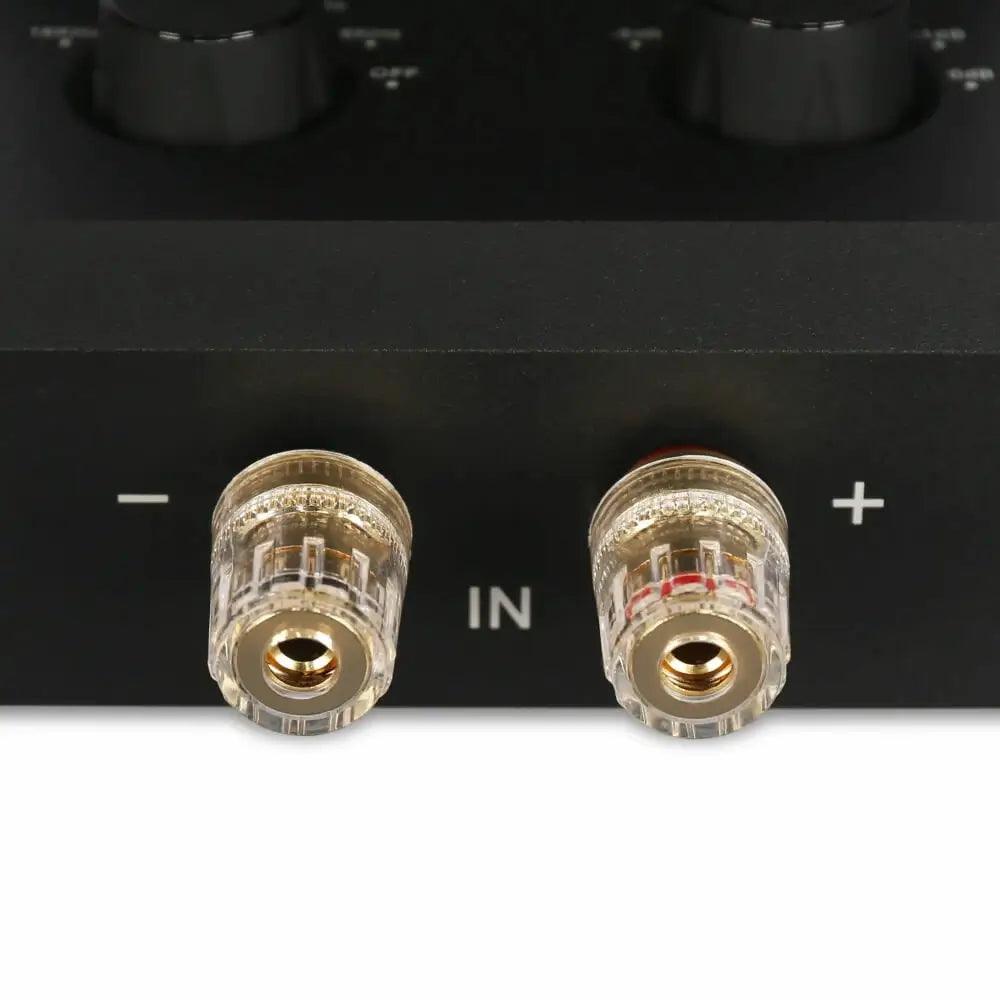
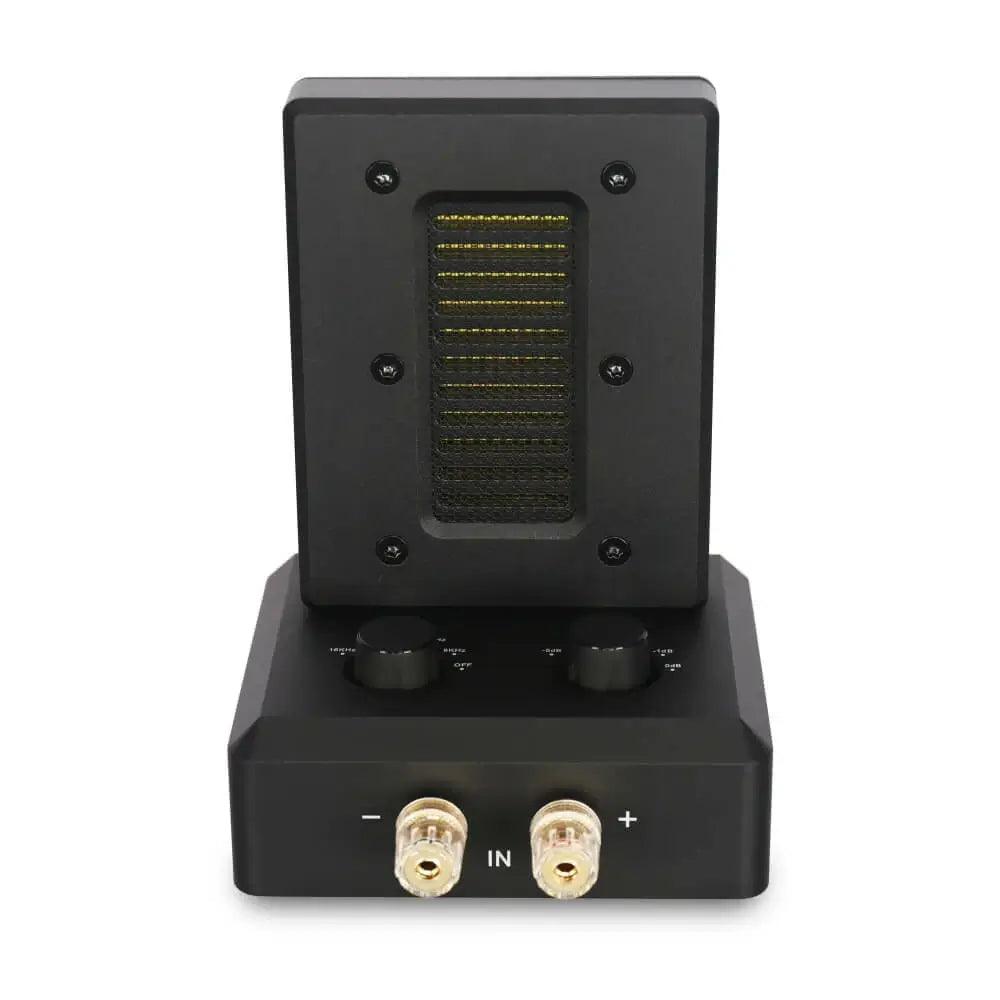
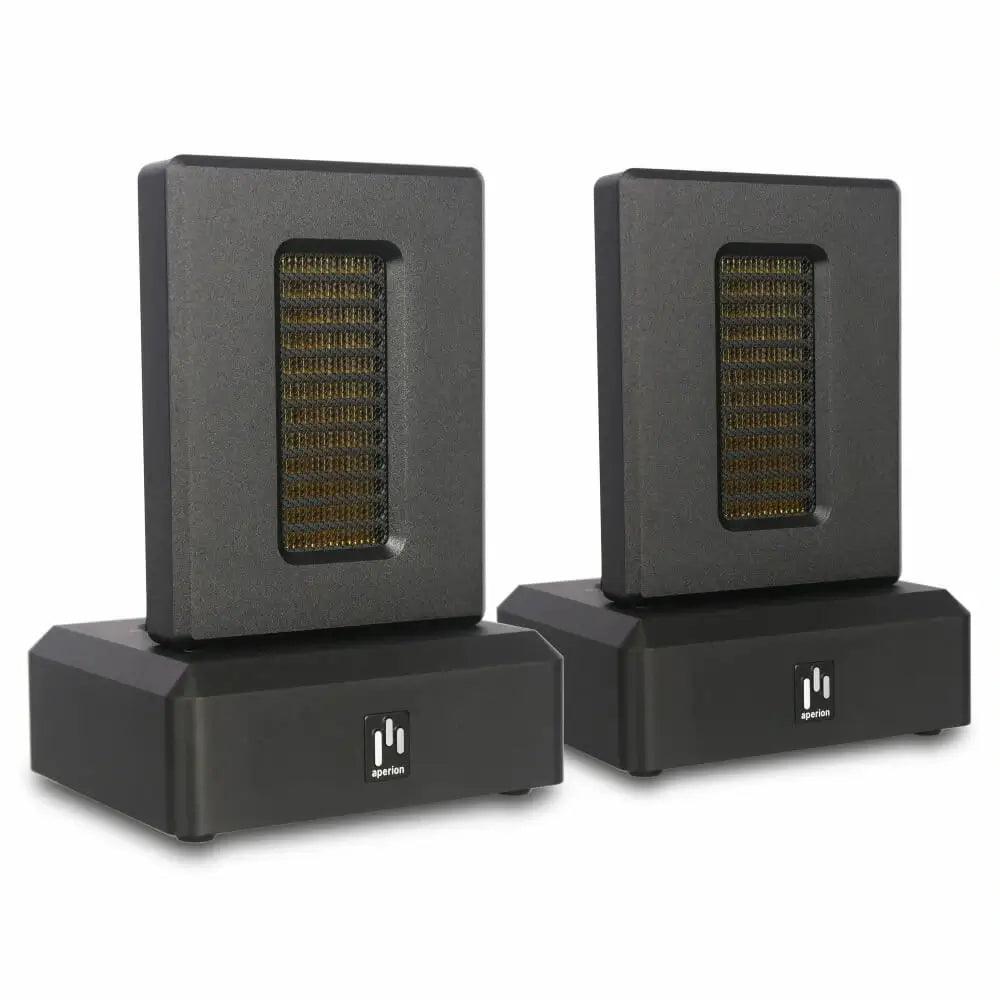
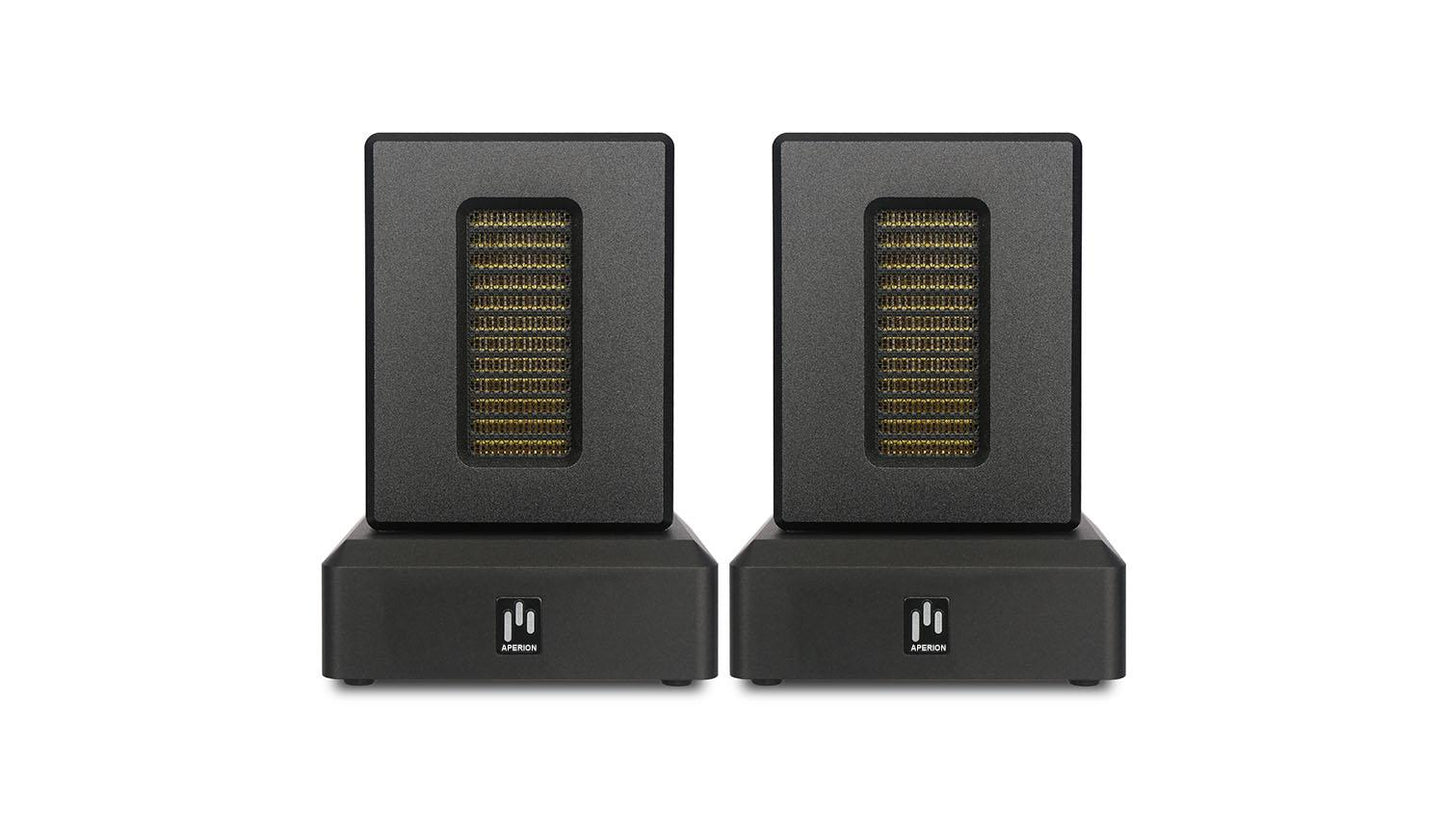
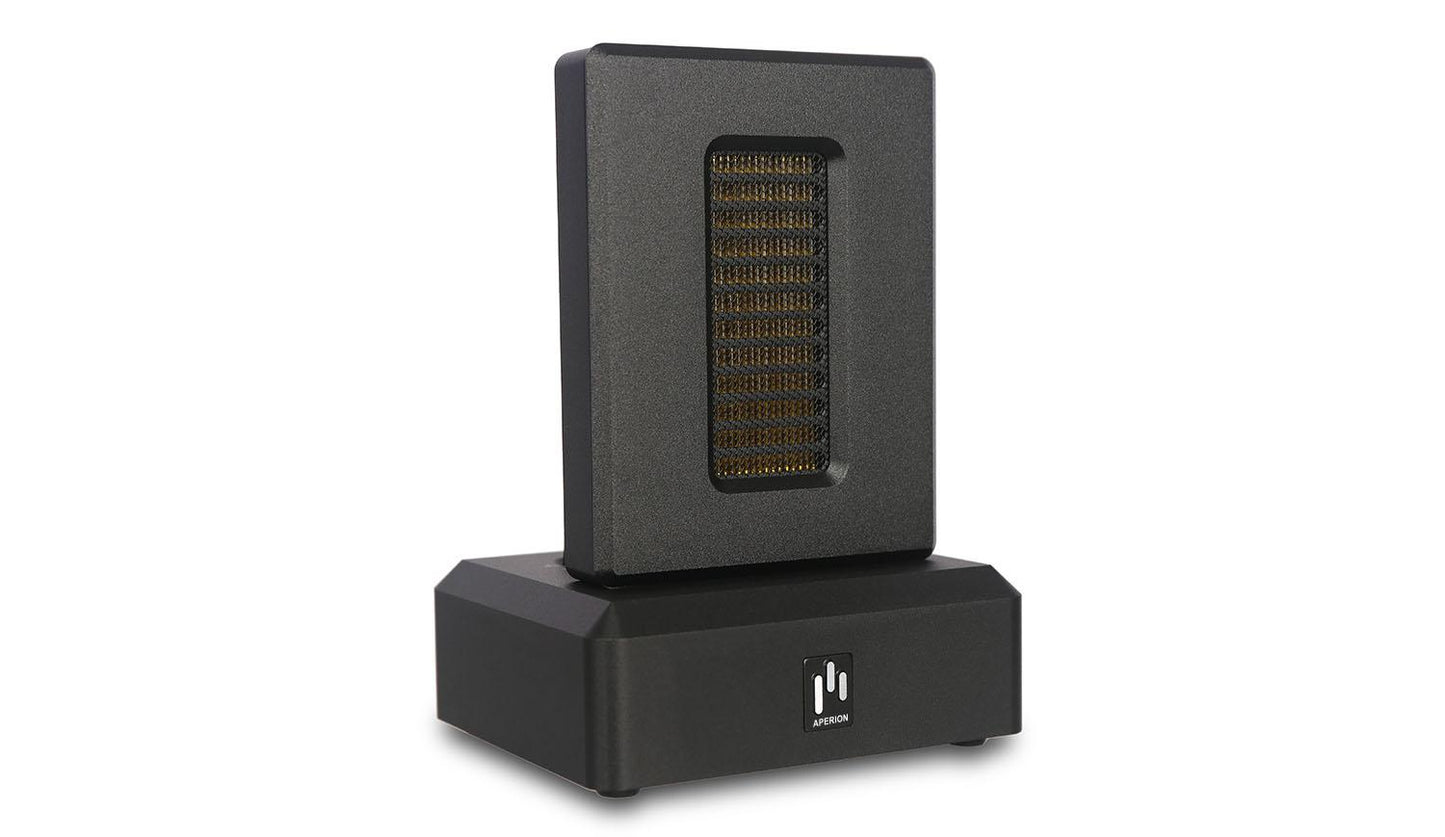
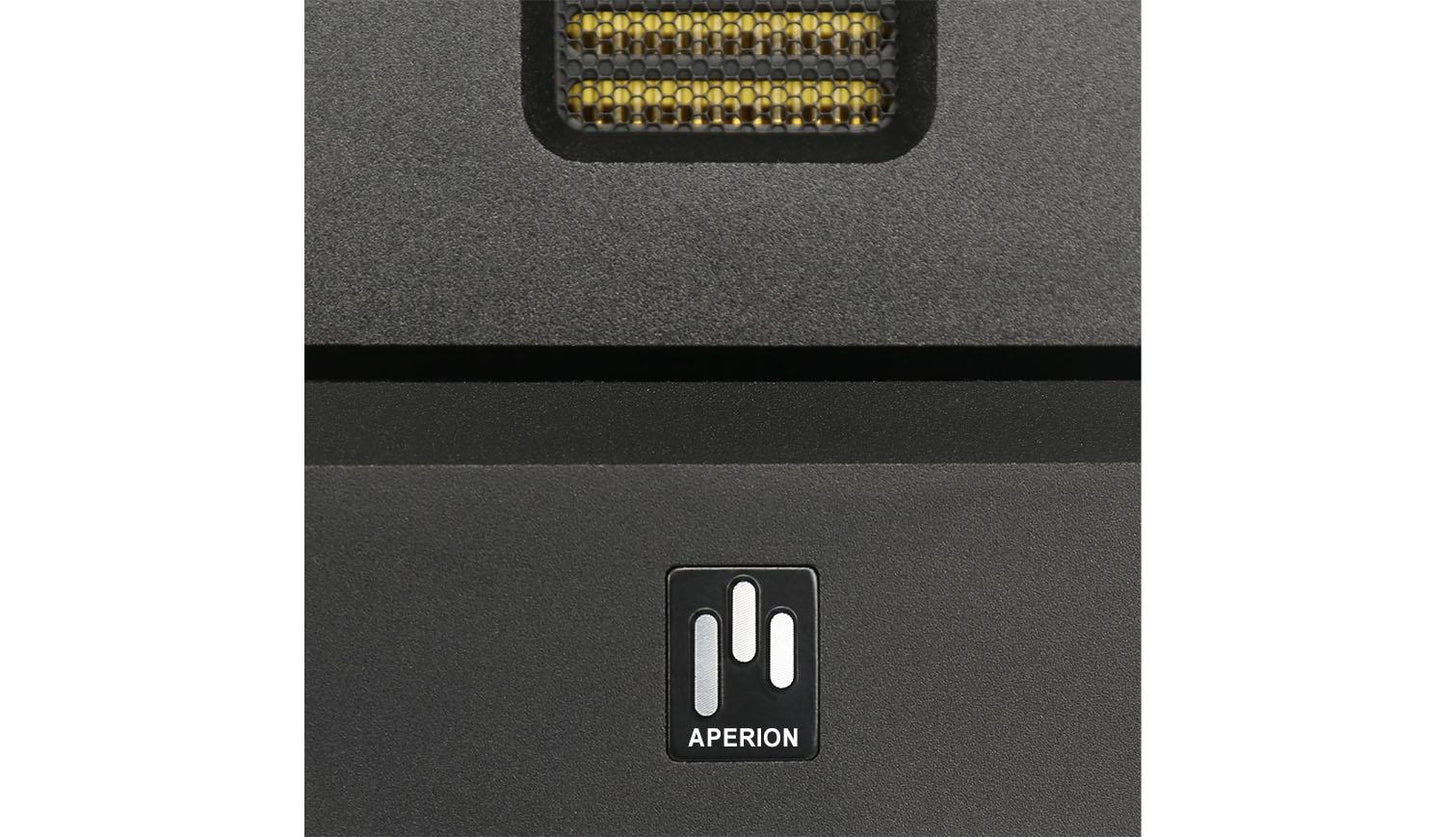
FAQs
Got a question? We are here to answer




















